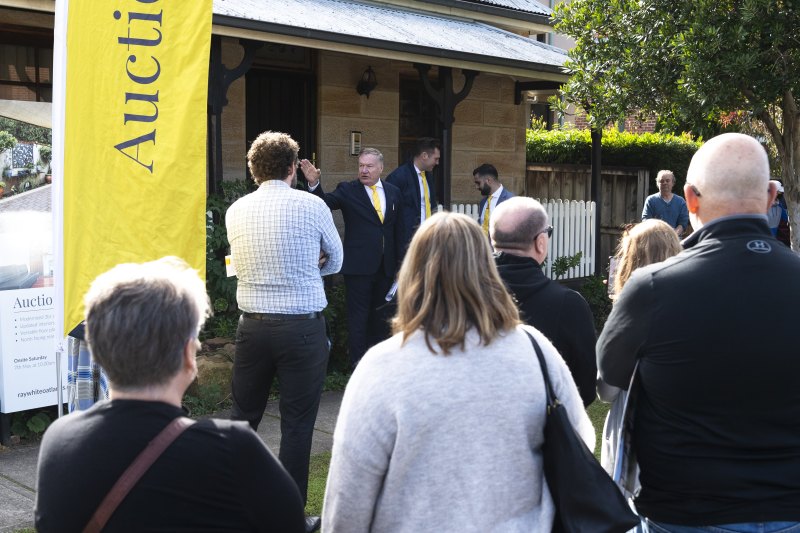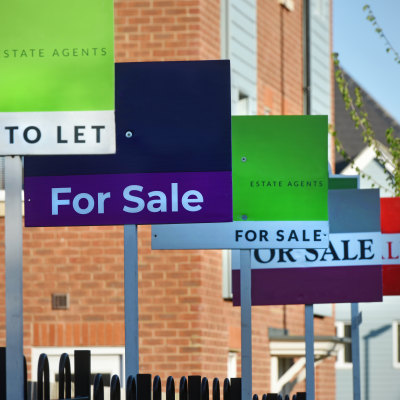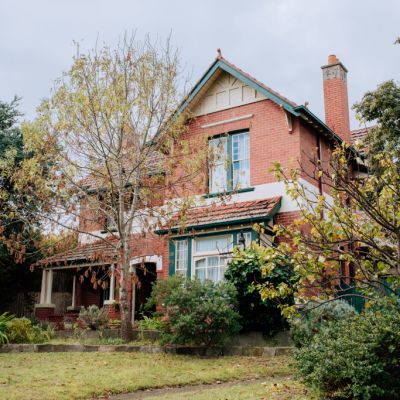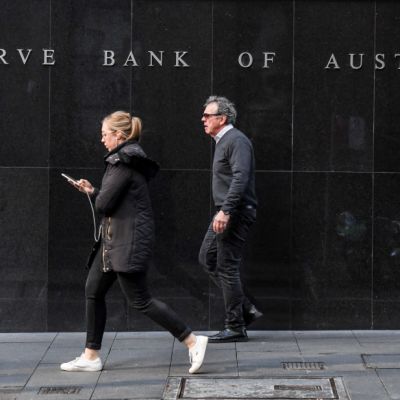How long does it take for a rate rise to hit the housing market?

Rising interest rates are expected to have a swifter-than-usual impact on the property market as reduced borrowing power and higher mortgage repayments weigh on already slowing buyer demand.
Historically, changes to the cash rate had taken multiple months to have an effect, AMP Capital chief economist Dr Shane Oliver said, but the lag has narrowed as very high prices and debt-to-income ratios made the market more sensitive to interest rate changes.

“Traditionally, it takes a while for higher interest rates to hit because they’re usually offsetting good news with higher employment and rising wages,” Oliver said, adding there had been an eight-month lag between the first rate hike back in 2009 and weaker prices.
“The complication this time around is that fixed [mortgage] rates played a much bigger than normal role in driving the boom in first place.”
Record-low fixed mortgage rates had been a key driver of the boom, Oliver said, making up a far greater share of lending than usually seen. But they had bottomed out last year and climbed rapidly since, reducing borrowing power ahead of any official cash rate hike.
“The key impetus behind the boom in property has now reversed,” he said.
“New buyers are ending up with far less capacity to pay than a year ago, and that’s even though we’ve only seen one move by the RBA. I think the impact will show up a lot faster [as a result].”
Oliver expected the cash rate to hit 2 per cent before the end of the year, and peak around 2.5 per cent by mid next year. Combined with worsening affordability, this would push prices down 10 to 15 per cent nationally from mid-year to early 2024, with declines in Sydney and Melbourne to be at the higher end of that range.
Gareth Aird, head of Australian economics at Commonwealth Bank, said the historic lag between a cash rate change and its effect on the market had been shortening, and expected to see evidence of its impact swiftly, especially given the expectations for multiple rate hikes.
Auction clearance rates had already softened, Aird noted, and prices had peaked in Sydney and Melbourne as higher fixed interest rates, buyer fatigue, affordability constraints and growing expectations of cash rate hikes had weighed on sentiment.
“The momentum leading into the tightening cycle will impact how quickly the [cash rate] hikes will show up … some of the other capitals have had quite strong momentum until recently, so [the market] might stay a little stronger there for longer, but certainly in Sydney and Melbourne we will see impacts on some measure like auction clearance rate straight away,” he said.
Sydney’s preliminary auction clearance rate dropped to 58.5 per cent on Saturday, Domain Group data shows, while Melbourne’s rate fell to 60.1 per cent. A clearance rate of 60 per cent is roughly correlated with a balanced market.
Aird expects the RBA to deliver 25 basis point rate hikes in June, July, August and November 2022 that would see the cash rate end the year at 1.35 per cent, then a further 25 basis point rate hike in February 2023.
He expects property prices nationally would peak by mid-year as a result, ending the year flat, before falling around 8 per cent next year. However, declines would be greater if rates rose higher.
Rising rates reduce buyers’ borrowing and spending power, therefore reducing prices, Aird said. However, buyers were also likely to pull back on what they were prepared to spend on homes in a cooling market, and more may decide to sit on the sidelines as prices pulled back, resulting in further price falls.
Sydney sales agent Matthew Hayson, director of CobdenHayson, said buyer sentiment had shifted late last year and auction clearance rates had been declining in recent months.
The bulk of auctions in his inner west market had become tough, dour affairs due to the large disconnect that had emerged between buyers and sellers’ price expectations, with some vendors holding on to 2021 prices, while some buyers overestimated how much the market had cooled.
“Market dynamics have shifted. It’s a different environment with fewer buyers, and people are now only moving if they have a legitimate reason [such as upsizing or downsizing], and are a bit more cautious,” he said.
“That frothy 10 to 15 per cent growth that came on top of prices in the last 18 months … I think that is going to evaporate quite quickly, that it will go in the next six months.”
Hayson said buyers were looking more intently for what they perceived as value, and had become more fearful of overpaying as forecasts for rising interest rates and falling property prices made headlines. He felt expectations for multiple rate hikes were already taking a toll, and would have a material impact on the market when they eventuated.
“That frothy 10 to 15 per cent growth that came on top of prices in the last 18 months … I think that is going to evaporate quite quickly, that it will go in the next six months.”
Melbourne buyer’s agent Cate Bakos, of Cate Bakos Property, felt the cash rate hike had yet to have a palpable impact on the mid-tier market she worked across. She expected multiple rate hikes would make buyers nervous but stressed that even if these eventuated, rates would still be comparatively low.
Bakos was still seeing buyers stretch to their maximum borrowing limit to get into the market, comfortable that the banks would assess their ability to meet higher mortgage repayments with the interest rate buffer. Others were trying to beat the clock and buy sooner rather than later to preserve their borrowing power.
“The idea of lenders tightening borrowing capacity seems to be impacting them more than thoughts of higher repayments,” she said.
Bakos had been encouraging clients with pre-approval to check if their borrowing capacity would be impacted by interest rate rises, and encouraged other buyers to do the same.
We recommend
We thought you might like
States
Capital Cities
Capital Cities - Rentals
Popular Areas
Allhomes
More










